Hartman: On finding a style and a niche

by Yeoh Siew Hoon
Looking back on his career, Richard Hartman says that when he worked for Sheraton, it owned a lot of hotels. “Sheraton was a pretty well-balanced company – between owned and managed. Where it went wrong was when its focus on ownership became where it needed to be rather than where it would make money.”
When he joined IHG in Singapore, the first thing he did was buy Southern Pacific Hotels Corporation. “That came with management agreements and owned hotels. Then I bought Regent Hong Kong, regarded as the largest real estate transaction in the business at the time.”
He adds, “IHG and Starwood were never asset light but there was a lot of pressure from shareholders and analysts and so they had to shed assets.”
Asked if he felt M&C had the right balance between owned and managed assets, Hartman says he is in no hurry to address that balance or to create a global management company.
“To create a viable management company in 2008 – in the face of asset light companies which are doing a combination of management and franchises – that would cost hundreds of millions of dollars and you wouldn’t see a return on investment for seven years.
“The answer is to find our own style, our own niche.”
But first, he says he needs to get the fundamentals right – that means defining the right customers, putting in the right standards and processes and recruiting and training the right people.
“We have to redefine or refine the three brands. We must get the qualifiers right first before looking for the differentiators.
“Millennium is a strong name, I like the sound of it, and it’s got good properties in good locations – New York, London, Beijing, Bangkok, Kuala Lumpur.
“Copthorne is very well-known in the UK and has a fairly loyal following. Kings Gate is a New Zealand company and I’ve yet to get into it.”
At the end of it, what he wants to do is create a financially strong company that is attractive to investors, customers and employees by getting the fundamentals right and optimizing the profit.
“Notice I didn’t say maximizing the profit – that you can do by getting rid of room service or something like that – but it’s doing it right.
“In my five years at IHG, what I learnt is when you have performance optimization, you make everyone happy.”
Asked to name a “financially strong company that is attractive to investors, customers and employees by getting the fundamentals right and optimizing the profit”, Hartman says, “From the outside, Shangri-La seems to be doing a pretty good job.”
“But we are not like them,” he stresses. “They don’t have 100 hotels, they don’t have a four star brand – well, they have but nobody knows it – and they are not listed on the London Stock Exchange.”
Hartman too is well remembered for his remark that the hotel industry has not seen any innovation since the turn-up on the toilet roll but today, he feels there has been one area of innovation – the development of the stylish mid-scale, three to four star, hotels offering aspirational business travellers rooms that go beyond the utilitarian.
“In the late 90s, Barry Sternlicht started W which was supposed to be a stylish hotel for aspirational travellers, who wanted to stay beyond the Ramada and Holiday inn. It was a pottery barn room, very stylish, very retail.
“It didn’t work until it found its way upmarket and now Barry’s idea has turned into the highly successful W.
“I believe this could revolutionise the industry – the Ikea-type room with things you would find at home.”
But innovation is tough in a business where “today’s differentiator becomes tomorrow’s qualifier,” says Hartman.
Technology too is not going to be the differentiator, he believes.
“The top four companies spend US$100 million a year on technology. Thirty years ago, they spent maybe a third of it – but who has a technological advantage? None of them do.
“I think you’ve got to tread water with technology – look hard at what needs to be done and what doesn’t.
“The whole thing with intermediaries and how some of the big companies want to move away from them – you’ve got to ask, does it make sense to work with people who bring you business or fight them?”
As for his plans for the M&C regional office in Singapore and if there will be any changes, Hartman says, “There are no changes at the moment. I am not saying there won’t be. I don’t know if we have optimization there but I will be spending the first few months in London before I head off to Singapore or Denver.
“Then you’ll be seeing a lot more of me.”
Catch more of Yeoh Siew Hoon every week at the Transit Cafe – www.thetransitcafe.com
 United Kingdom
United Kingdom United States
United States Asia Pacific
Asia Pacific


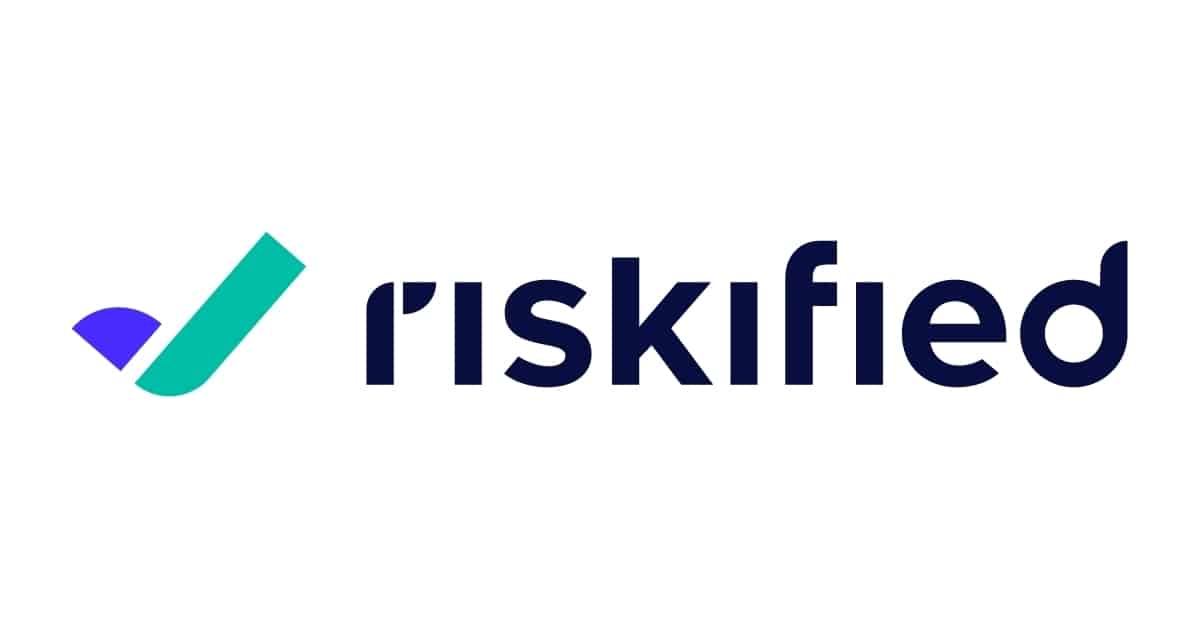


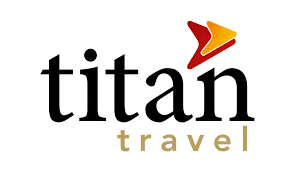


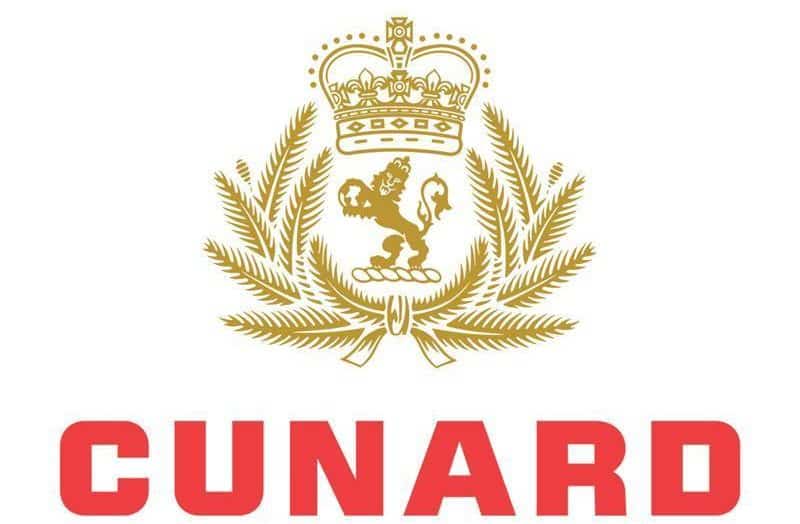
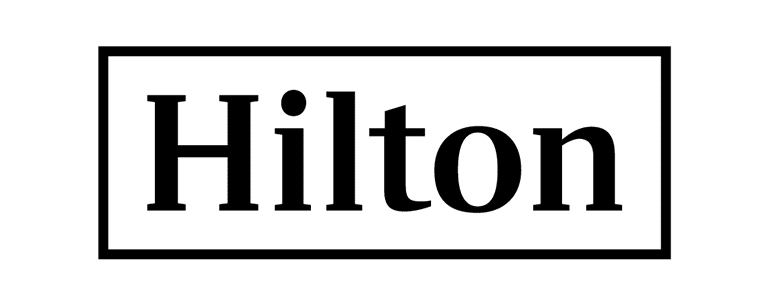
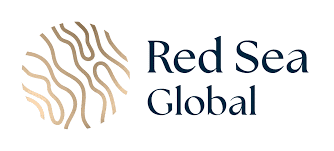



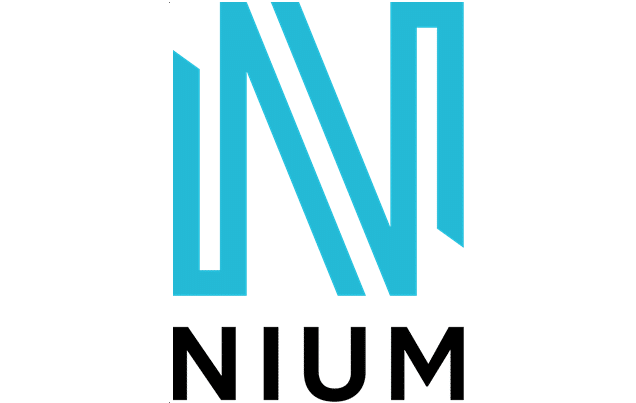
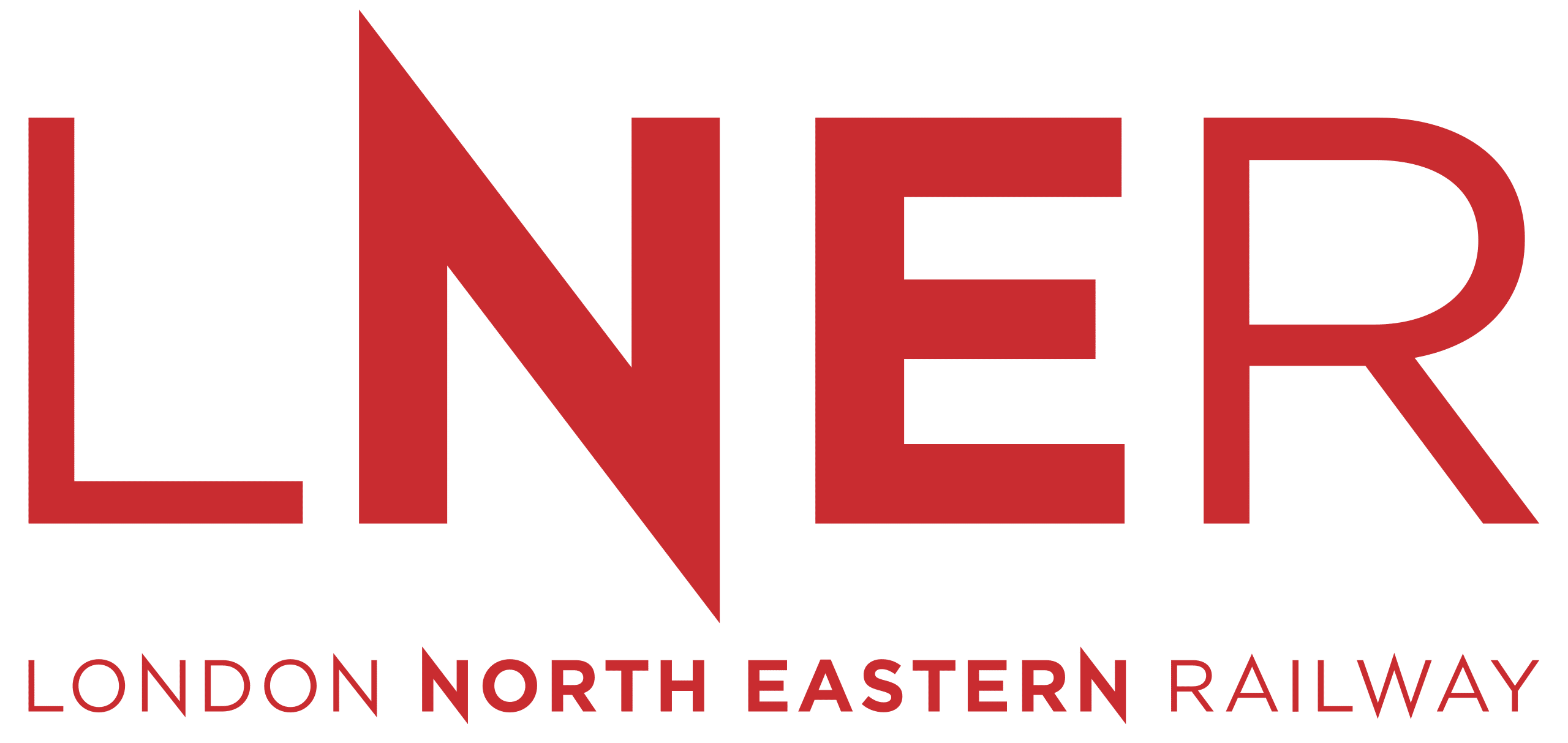
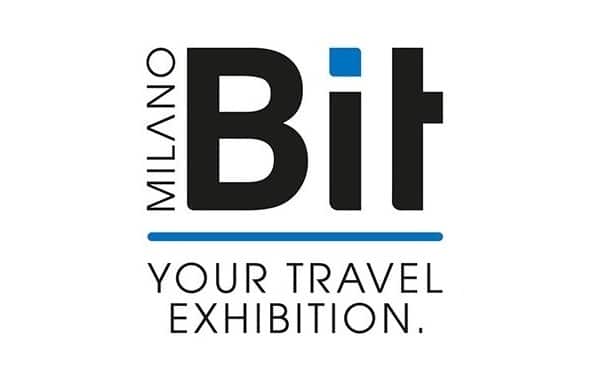
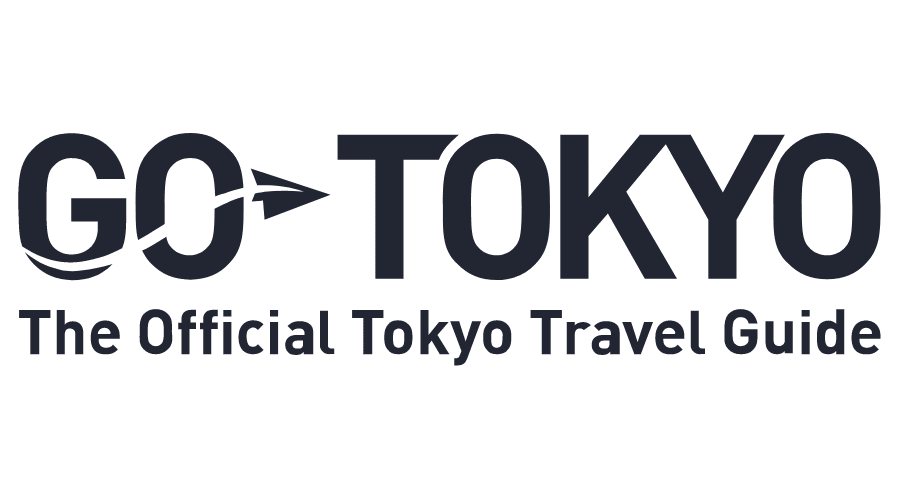


























Dozens fall ill in P&O Cruises ship outbreak
Turkish Airlines flight in emergency landing after pilot dies
Boy falls to death on cruise ship
Unexpected wave rocks cruise ship
Storm Lilian travel chaos as bank holiday flights cancelled